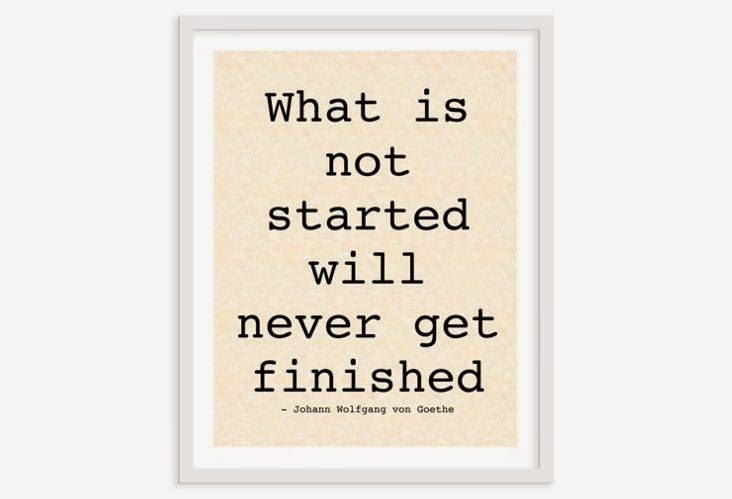My Vision Board for The Cake Therapist
I enjoy writing cookbooks ever since my first one about Kansas City restaurant recipes was published in 1995 (I was in second grade). My cookbooks have been nominated for awards (IACP, James Beard, ForeWord) and won them (IACP and ForeWord). Some have become bestsellers.
You can see all the cookbooks on my amazon author page.
I have a method for starting cookbooks, one that I call "The Box Method." Brilliant, no?
I gather recipe ideas for a new book and put them in a plastic storage box along with photos. I brainstorm on a title for the book and from that comes the theme, then the recipe list, and then the chapters.
But a novel is different.
When my kids were little, I wrote a novel called Hadley's Dower about the story behind a mysterious antique. The story went back and forth in time. I wrote this in the days before Microsoft Word became the software of choice and you had to print everything out on paper, package it, and ship it to prospective agents.
Of course, that took forever. My life changed. I moved three times. I put Hadley's Dower away in the proverbial desk drawer along with my dream to write a novel. I had to make a living.
A few years ago, still writing cookbooks, I decided to take that dream out and dust it off.
To help me focus, gather ideas, and spark my imagination, I created a vision board. I used a long piece of poster board, magazine clippings, photographs, postcards, and other visual elements like rainbow ribbon and a fanciful "Hand of Fatima" golden clip. My vision board is not fancy, as you can see.
But it has been powerful.
My debut novel, The Cake Therapist, has become real.
Martha Beck, a life coach extraordinaire and Oprah Magazine columnist, has her own great take on creating a Vision Board --for whatever you want to set your sights on for the future. (Just don't let her catch you putting up photos of a new car, a guy with six-pack abs, or a new phone. Go big or go home.)
She recommends "regularly picturing delights that don’t yet exist, emotionally detaching from them, and jumping into action when it’s time to help the miracles occur. I’m barely learning this," she says, "to be (in T.S. Eliot’s words) 'still and still moving.' But in the moments I get it right, every step I take seems to be matched by a universal mystery, which obligingly, incredibly, creates what I can’t."
Amen, Sister.
Here's a flavor hint for a story line in The Cake Therapist. If you want the recipe--and it's yummy-- go this blog post . Sample a virtual cookie, then pre-order The Cake Therapist!
I enjoy writing cookbooks ever since my first one about Kansas City restaurant recipes was published in 1995 (I was in second grade). My cookbooks have been nominated for awards (IACP, James Beard, ForeWord) and won them (IACP and ForeWord). Some have become bestsellers.
You can see all the cookbooks on my amazon author page.
I have a method for starting cookbooks, one that I call "The Box Method." Brilliant, no?
I gather recipe ideas for a new book and put them in a plastic storage box along with photos. I brainstorm on a title for the book and from that comes the theme, then the recipe list, and then the chapters.
But a novel is different.
When my kids were little, I wrote a novel called Hadley's Dower about the story behind a mysterious antique. The story went back and forth in time. I wrote this in the days before Microsoft Word became the software of choice and you had to print everything out on paper, package it, and ship it to prospective agents.
Of course, that took forever. My life changed. I moved three times. I put Hadley's Dower away in the proverbial desk drawer along with my dream to write a novel. I had to make a living.
A few years ago, still writing cookbooks, I decided to take that dream out and dust it off.
To help me focus, gather ideas, and spark my imagination, I created a vision board. I used a long piece of poster board, magazine clippings, photographs, postcards, and other visual elements like rainbow ribbon and a fanciful "Hand of Fatima" golden clip. My vision board is not fancy, as you can see.
But it has been powerful.
My debut novel, The Cake Therapist, has become real.
Martha Beck, a life coach extraordinaire and Oprah Magazine columnist, has her own great take on creating a Vision Board --for whatever you want to set your sights on for the future. (Just don't let her catch you putting up photos of a new car, a guy with six-pack abs, or a new phone. Go big or go home.)
She recommends "regularly picturing delights that don’t yet exist, emotionally detaching from them, and jumping into action when it’s time to help the miracles occur. I’m barely learning this," she says, "to be (in T.S. Eliot’s words) 'still and still moving.' But in the moments I get it right, every step I take seems to be matched by a universal mystery, which obligingly, incredibly, creates what I can’t."
Amen, Sister.
Here's a flavor hint for a story line in The Cake Therapist. If you want the recipe--and it's yummy-- go this blog post . Sample a virtual cookie, then pre-order The Cake Therapist!






